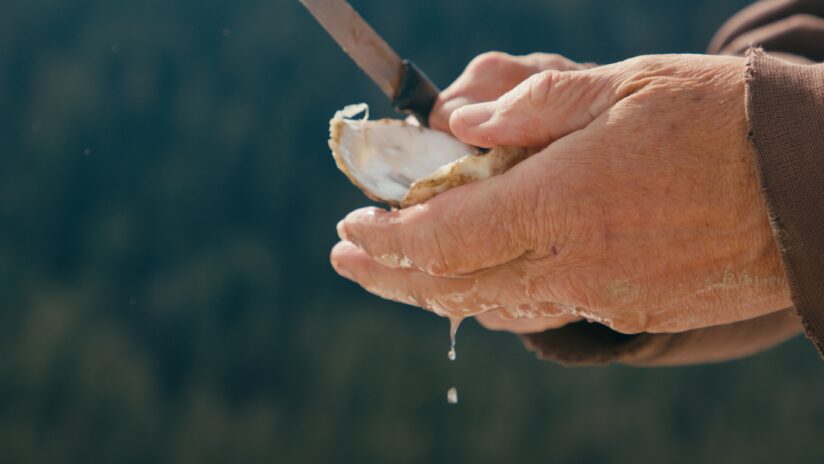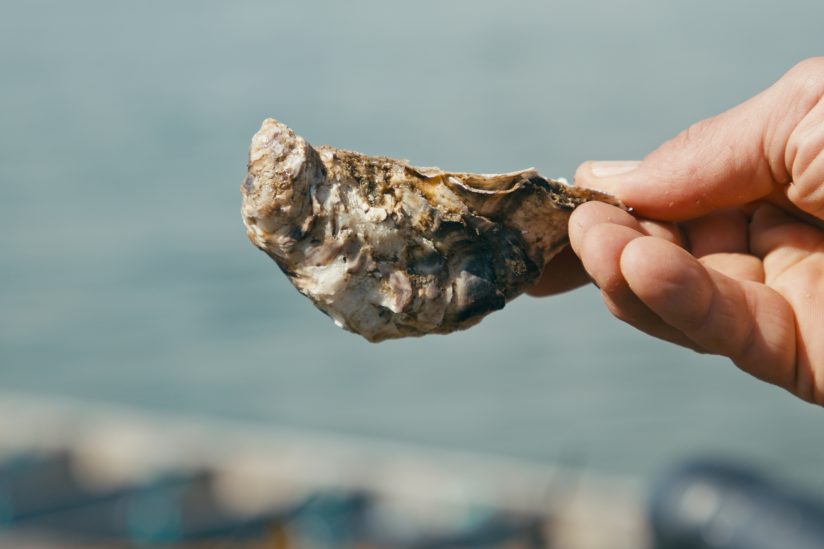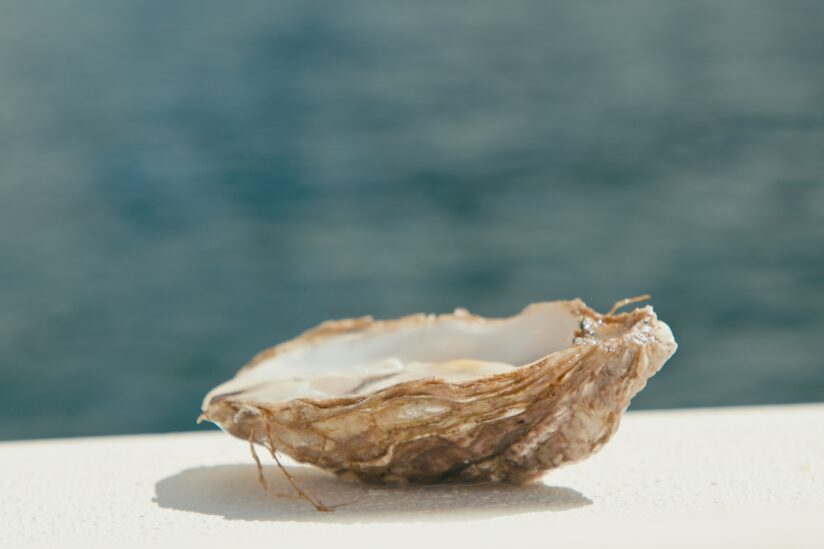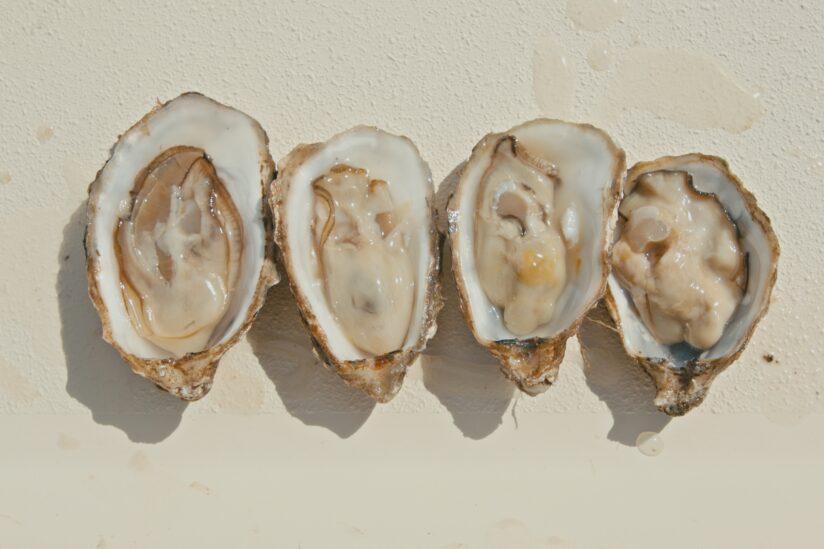Sales
Alaska Oyster InsightsAlaskan oysters are considered high-quality products with a strong reputation in the market. Farmers get the highest prices by directly selling to local tourist hubs or restaurants. Farms could benefit from vertical integration, or establishing the capacity to process, ship, and sell their products directly to specific markets.
The highest value for oysters is when they are sold fresh on the half-shell, though most world oyster production is in processed forms such as frozen, cooked and canned, brined, smoked and canned in oil, dried, breaded and frozen, reduced for oyster sauce, and other value-added products.
In the cold waters of Alaska, oysters thrive thanks to estuaries that produce high-quality plankton that can match the growth achieved by shellfish raised in warmer waters of the Pacific Northwest. These cold, clean waters also decrease bacterial contamination, extending the shelf life and ensuring wider distribution and safe consumption.
In recent years, the distribution landscape has significantly improved in the form of road systems, regular ferry services, and domestic flight schedules
Due to the Alaska geographical landscape, logistics and transportation are often bottlenecks for weekly B2C and B2B marketing. Cooling capacity at local airports could relieve these hurdles, allowing farmers to cope with flight schedule changes.
Mariculture is an exceptional opportunity for tourism. Seaweed and oyster farmers can provide a unique experience by giving tours of their farms and sharing their products with visitors, as is done by Hump Island Oyster Company. Mariculture tourism can benefit both industries by increasing sales, creating links with visitors worldwide, and improving public support for the industry.
For example Hump Island Oysters' farm tour provides a unique experience for visitors to learn about oyster farming's positive impact on the marine environment alongside tasting and buying fresh oysters, which is a great business model to get exposure, clients, sales, and new revenue streams.
Kachemak Shellfish Growers Co-op
Case study Kachemak Shellfish Mariculture Association- The co-op is committed to buying all the oysters from the members and selling them through the Oyster Bar at Homer Spit and online orders.
- Utilizes collective sales and marketing efforts between members.
- Sales of 12 to 15,000 dozen per year through the co-op.
- Sales have increased by up to 500% since starting direct sales at the Oyster Bar at Homer Spit.
Alaskan oysters B2B opportunities
As outlined by Food for Climate League's market research for the Alaska Mariculture Cluster.
Cooperatives
Meeting demand in Alaska and exploring export opportunities requires greater cooperative alignment among farmers.
Quality standards
Establishing quality standards and developing efficient shipping solutions among remote farms is essential for meeting the demand.
Optimization & automation
Efficient farming, harvesting, and processing demand automation technologies for streamlined operations and improved production outcomes.
Sales & marketing
Providing sales and marketing support—including farm visit opportunities, a presence with seafood buyers, in trade publications, and at key industry trade shows—can contribute to product success.
Value-added products
Value-added products present an opportunity, offering a solution to concerns related to breakage and spoilage, provided processing infrastructure can be established.

Shucking a fresh oyster








